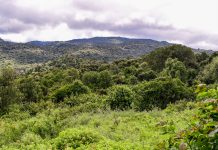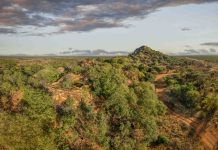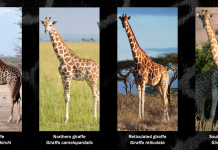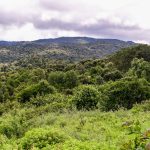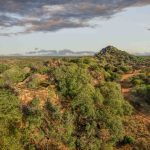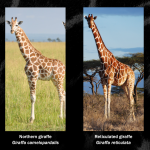MT. KULAL, Kenya, Sept. 22 (Swara) – Rising above the arid landscapes east of Lake Turkana, Mt. Kulal in Marsabit County has been declared Kenya’s 70th Important Bird and Biodiversity Area (IBA), placing the remote volcanic mountain on the global conservation map.
The designation follows a rapid ornithological survey that confirmed the presence of rare and threatened species, including the critically endangered White-headed and Hooded Vultures, 26 biome-restricted birds, and the mountain’s own endemic species, the Kulal White-eye.
The listing was secured through a Global Environment Facility–funded project led by the Food and Agriculture Organization (FAO-Kenya) and implemented by the East African Wild Life Society (EAWLS). Local communities, conservation experts, and government agencies all contributed to the process, which strengthens the case for protecting Mt. Kulal’s fragile ecosystem.
For residents of the mountain, the recognition is more than a scientific milestone. It provides a platform to push for solutions to long-standing threats such as deforestation, overgrazing and the impacts of climate change. It also opens up opportunities for eco-tourism, nature-based livelihoods, and long-term biodiversity research.
“Mt. Kulal’s recognition as an IBA is a win for both people and nature,” EAWLS said in a statement. “It highlights the need for strong partnerships to support conservation while securing sustainable livelihoods for local communities.”
IBAs are internationally recognised sites of high conservation value, identified using BirdLife International’s criteria. A location qualifies if it harbours globally threatened species, restricted-range or biome-restricted birds, or significant congregations of waterbirds.
The new designation means Kenya now has 70 such sites, underscoring both the country’s rich biodiversity and the urgent need to protect it.



